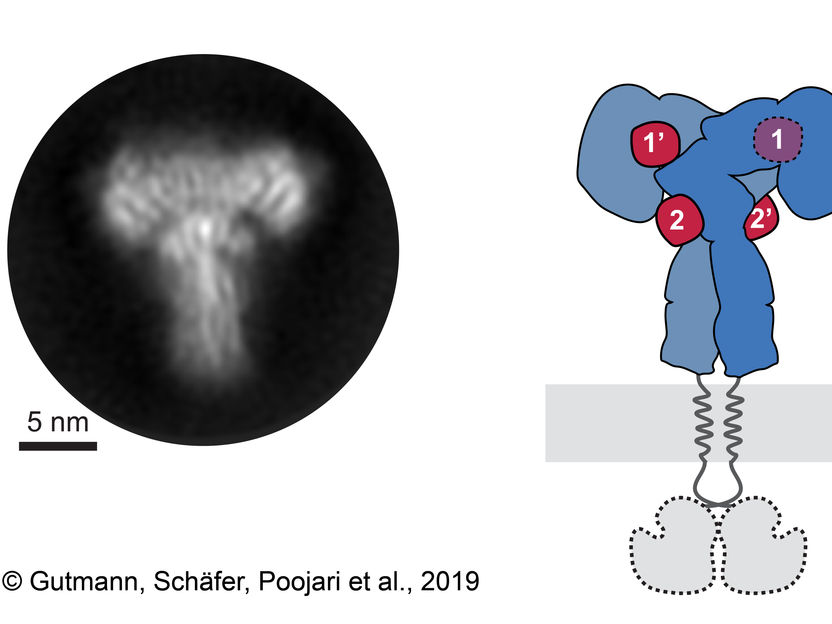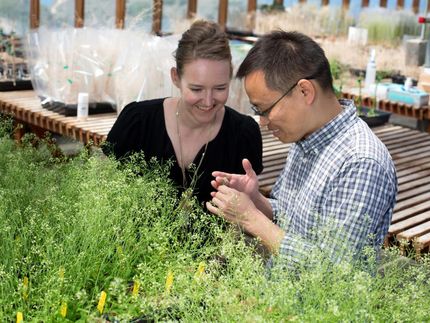Cenix BioScience Publishes Comprehensive Genome-Wide RNAi Screen of C. elegans
Advertisement
Cenix BioScience GmbH announced the publication of its genome-wide RNAi screen for cell division genes in C. elegans as a full article in Nature magazine. The study, also reviewed by a News & Views feature in the same issue, represents the culmination of a major research effort originally initiated as an academic pilot project in 1998 by Drs Christophe Echeverri and Pierre Gönczy in the laboratory of Prof. Anthony Hyman, then at the European molecular biology Laboratory (Heidelberg, Germany). The groundbreaking work, which was also supported in part by funding from the Max Planck Society, the German human genome Project (DHGP) and the German National Genome Research Network (NGFN), also involved crucial contributions from collaborators in other institutions, including Dr. Alan Coulson (then at the Hinxton, UK-based Wellcome Trust Sanger Institute) and Dr. Steven Jones (from the BC Cancer Agency's Genome Sciences Centre, Vancouver, Canada).
Following the academic pilot, which focused on one of the six chromosomes of C. elegans, the completion of the screen over virtually all ~19,500 genes of the worm genome became the founding project of Cenix BioScience as it started operations in 2000. Led by Dr. Birte Sönnichsen, COO of Cenix and Dr. Echeverri, now CEO/CSO of Cenix, the project yielded new functional insights on over 660 genes, and allowed the identification of several novel human therapeutic targets for the treatment of cancer and other proliferative diseases. The screen has also formed the company's main launching pad towards its present focus of carrying out advanced high throughput, high content applications of RNAi in human and rodent cells to accelerate the development of new therapeutic treatments for a variety of human diseases.
Cenix has enabled free online access to the entire dataset by providing web dissemination rights to one of its parent institutes, the Dresden-based Max Planck Institute for Molecular Cell Biology and Genetics. The full depth of screening data from this landmark study, including approx. 40,000 time lapse recordings, still micrographs and text annotations from over 300,000 microinjection experiments, will thereby become freely accessible and searchable online The dataset has also been made available for cross-referencing through other public online C. elegans databases, including Wormbase.
Other news from the department science

Get the life science industry in your inbox
By submitting this form you agree that LUMITOS AG will send you the newsletter(s) selected above by email. Your data will not be passed on to third parties. Your data will be stored and processed in accordance with our data protection regulations. LUMITOS may contact you by email for the purpose of advertising or market and opinion surveys. You can revoke your consent at any time without giving reasons to LUMITOS AG, Ernst-Augustin-Str. 2, 12489 Berlin, Germany or by e-mail at revoke@lumitos.com with effect for the future. In addition, each email contains a link to unsubscribe from the corresponding newsletter.
Most read news
More news from our other portals
Last viewed contents
Development of blood diagnostics for the early detection of cancers - bioMérieux and ExonHit Therapeutics Extend their Strategic Collaboration

New way in which insulin interacts with its receptor discovered
























































